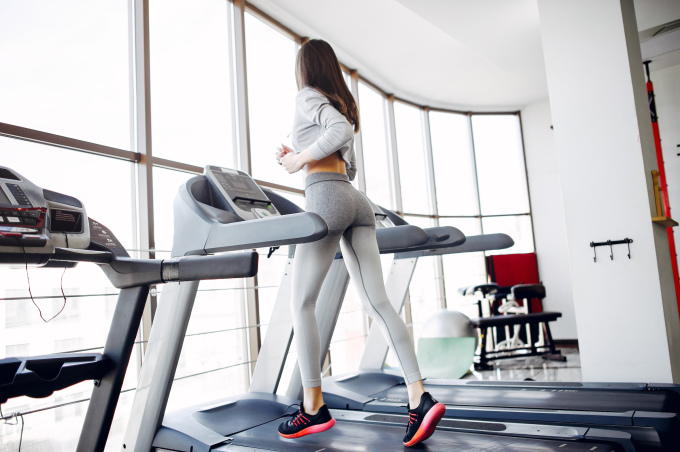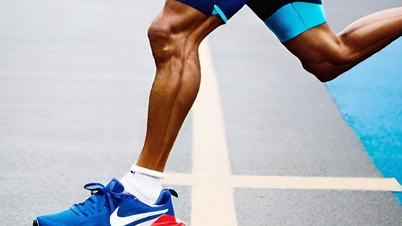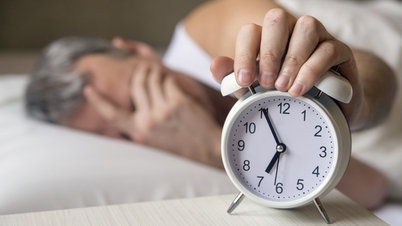When running on a treadmill, you may experience foot pain due to choosing the wrong shoes or adjusting the running level to an inappropriate level.
Treadmills are suitable equipment for people who do not want to go out to exercise. However, improper use can also affect health.
Wrong shoes
Choosing the right shoe size is important for runners to reduce injuries and support the arches of the feet. Tight shoes restrict air circulation, causing friction between the foot and the shoe. They put pressure on the nerves in the toes, leading to a burning, tingling sensation.
Choose sneakers with a wide, rounded toe and supportive cushioning. Avoid tying them too tightly as this can impede blood circulation or irritate the nerves in the instep.

Exercising on a treadmill can improve fitness. Photo: Freepik
Treadmill Incline
When you walk or run on an incline, your feet are forced to adjust to the terrain. This can change the way your body distributes weight across the soles of your feet, irritating and straining ligaments, tendons, and other tissues.
Too much incline can also overload the muscles in your back, leading to shin splints or shin splints. To reduce symptoms, you can reduce the incline to a more stable level. New users can start at a normal pace, then increase the incline to 0.5% after 1-2 minutes.
Once you have been exercising for a while, you can start walking on the machine for 3-4 minutes at a speed of 1.5 km/h, with an incline of about 1-2%, then increase to 2.5 km/h with an incline of no more than 4-5%.
Overweight, obesity
Overweight and obese people are more likely to experience pain in the soles of their feet when walking or running on a treadmill because their feet bear the entire weight of their body. Running can exert a force equivalent to 3-4 times their body weight on their feet. Therefore, choose lower-impact activities such as cycling or swimming.
Injury
According to the US Consumer Product Safety Commission, improper use of treadmills can cause injuries to the feet, knees, hips and tendonitis.
Maintain a normal running posture to prevent injury. Avoid over-extending your legs, which can lead to knee or hip pain. Avoid changing music or looking at your phone while running, as it can be difficult to control the speed of the machine.
Huyen My (According to Livestrong )
| Readers ask questions about bone and joint diseases here for doctors to answer |
Source link







![[Photo] Party and State leaders visit President Ho Chi Minh's Mausoleum](https://vphoto.vietnam.vn/thumb/1200x675/vietnam/resource/IMAGE/2025/5/19/d7e02f242af84752902b22a7208674ac)




















































































![[VIDEO] - Enhancing the value of Quang Nam OCOP products through trade connections](https://vphoto.vietnam.vn/thumb/402x226/vietnam/resource/IMAGE/2025/5/17/5be5b5fff1f14914986fad159097a677)







Comment (0)